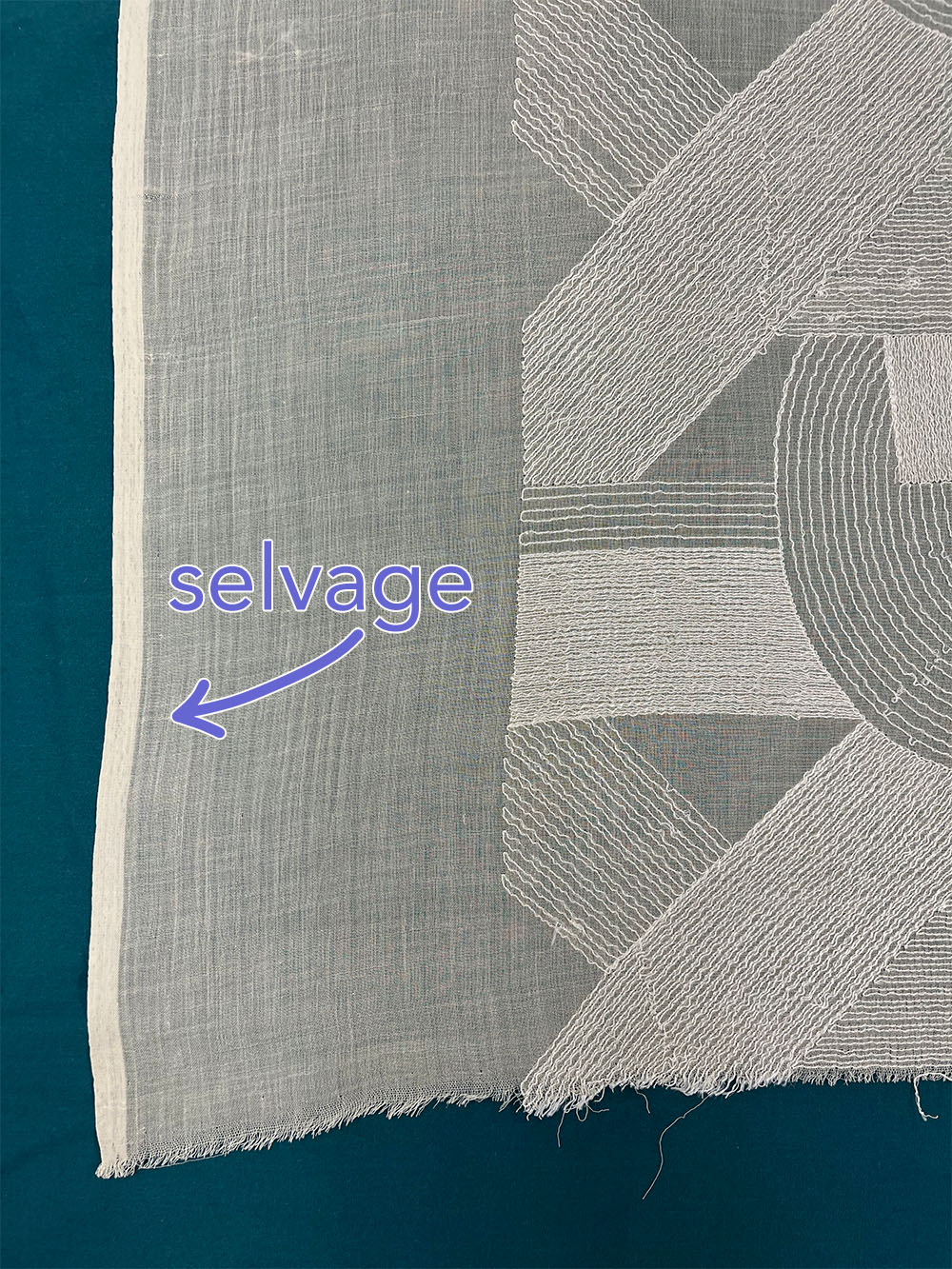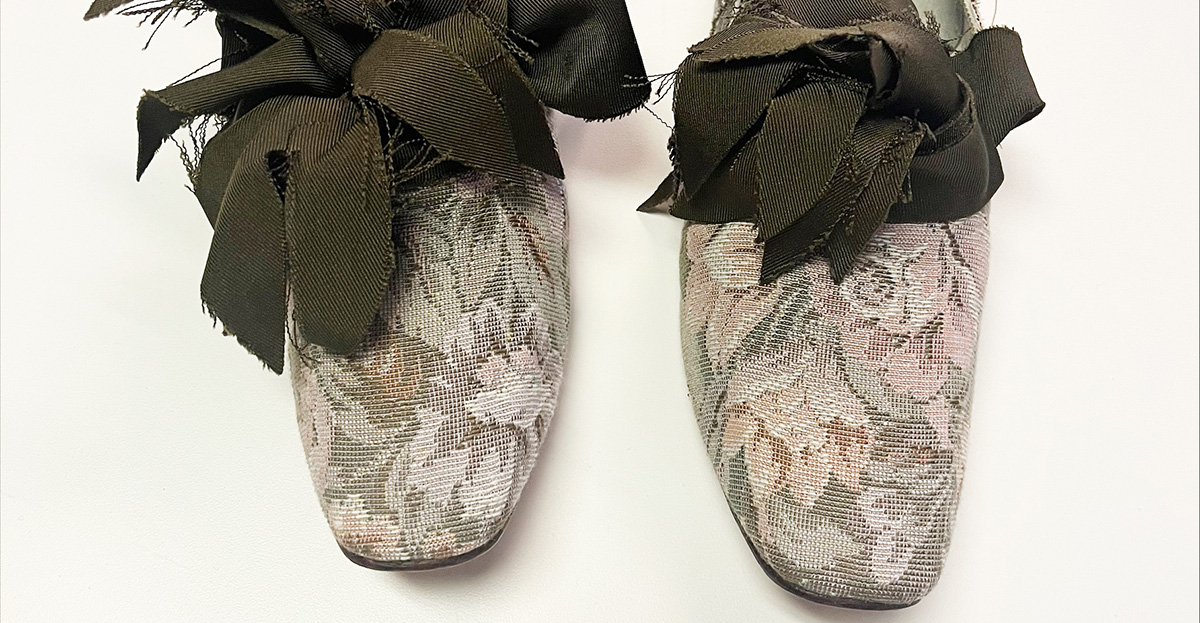- Art Home
- Exhibitions
-
Explore the Collection
- Explore the Collection Home
- African Art
- American Paintings, Sculpture and Drawings
- Contemporary
- Decorative Arts and Design
- East Asian Art
- European Paintings, Sculpture and Drawings
- Fashion Arts and Textiles
- Musical Instruments
- Indigenous American Art
- Photography
- Prints
- South Asian Art, Islamic Art and Antiquities
- Conservation
- Meet the Curators
- Digital Resources
- Events & Programs Home
- Calendar
- Accessibility
- Adults
-
Families & Teens
- Families & Teens Home
- 10x10 Teen Art Expo
- Art on the Rise
- Art Together: Art Making for Families with Children Ages 3–5
- Baby Tours
- Boy Scouts / Girl Scouts
- CAM Kids Day
- Choose Your Own Gallery Adventure
- Family Storytime and Gallery Walk
- Family Studio: Art Making for Families with Children Ages 6–12
- REC Reads
- Rosenthal Education Center (REC)
- See Play Learn Kits
- Summer Camp
- Teachers
- Community Outreach
- Fundraisers
- Plan Your Own Event

- Art Home
- Exhibitions
-
Explore the Collection
- Explore the Collection Home
- African Art
- American Paintings, Sculpture and Drawings
- Contemporary
- Decorative Arts and Design
- East Asian Art
- European Paintings, Sculpture and Drawings
- Fashion Arts and Textiles
- Musical Instruments
- Indigenous American Art
- Photography
- Prints
- South Asian Art, Islamic Art and Antiquities
- Conservation
- Meet the Curators
- Digital Resources
- Events & Programs Home
- Calendar
- Accessibility
- Adults
-
Families & Teens
- Families & Teens Home
- 10x10 Teen Art Expo
- Art on the Rise
- Art Together: Art Making for Families with Children Ages 3–5
- Baby Tours
- Boy Scouts / Girl Scouts
- CAM Kids Day
- Choose Your Own Gallery Adventure
- Family Storytime and Gallery Walk
- Family Studio: Art Making for Families with Children Ages 6–12
- REC Reads
- Rosenthal Education Center (REC)
- See Play Learn Kits
- Summer Camp
- Teachers
- Community Outreach
- Fundraisers
- Plan Your Own Event
Blog
Blog
- Home
- Plan Your Visit
-
Art
- Art Home
- Exhibitions
-
Explore the Collection
- Explore the Collection Home
- African Art
- American Paintings, Sculpture and Drawings
- Contemporary
- Decorative Arts and Design
- East Asian Art
- European Paintings, Sculpture and Drawings
- Fashion Arts and Textiles
- Musical Instruments
- Indigenous American Art
- Photography
- Prints
- South Asian Art, Islamic Art and Antiquities
- Conservation
- Meet the Curators
- Digital Resources
-
Events & Programs
- Events & Programs Home
- Calendar
- Accessibility
- Adults
-
Families & Teens
- Families & Teens Home
- 10x10 Teen Art Expo
- Art on the Rise
- Art Together: Art Making for Families with Children Ages 3–5
- Baby Tours
- Boy Scouts / Girl Scouts
- CAM Kids Day
- Choose Your Own Gallery Adventure
- Family Storytime and Gallery Walk
- Family Studio: Art Making for Families with Children Ages 6–12
- REC Reads
- Rosenthal Education Center (REC)
- See Play Learn Kits
- Summer Camp
- Teachers
- Community Outreach
- Fundraisers
- Plan Your Own Event
- Give & Join
- About
- Tickets
- Calendar
- Exhibitions
- Blog
- Shop
Behind the Scenes in Conservation: Getting technical with textiles! What’s “selvage”?
by Obie Linn, Conservator of Textiles
11/16/2023
CAMConservation , selvage , Art Deco , fabric , textile conservation
We’ve got it all! All the width of this 1920s embroidered voile (fine soft sheer fabric), that is. How do we know? The textile includes selvages. If you’ve never worked with fabric before, you may not know this peculiar term, but it’s important for describing and using woven fabrics because it tells us a lot about how the fabric was made and how it will likely behave.
Selvage (US English) or selvedge (British English) is the proper name of the bound, finished-looking edges of the fabric created where the shuttle turns back on the loom during the weaving process. If you have both selvages (as we do for this object), you know you have a full loom-width! Look for the thicker, darker lines on the left and right side edges: those are selvages. These clues tell us this voile was woven at 47 inches wide and was cut on the cross grain (the side perpendicular to the selvage), creating a piece 71 inches long.
Selvage is important to understand if you use fabrics for creating works such as quilts and clothing because they indicate the grain of the fabric, the direction of natural tension where it “prefers” to hang straight. The grain always runs parallel to selvage.
Selvage can give us other clues, too. For instance, usually selvage was intended to be discarded when a fabric was used, sort of like its “packaging,” there to protect the “product” and keep it looking its best prior to use. This is almost certainly the case here where the weaver has included wide, undecorated bands between selvage and the decorated part of the voile. These bands provide a transitional space between the natural tension caused by the fabric edge and the airy, light central section, which probably made the machine embroidering easier by keeping the embroidery away from the tighter tension of the edge. All that space has helped protect this fabric, and this unused fabric remains as perfect as the day it came off its loom.

In this closeup of the edge of the voile, you can get a better sense of the delicacy of the weaving and how selvage creates a “finished” and protective edge for the interior part of the weaving. The densely-woven stripe of selvage was probably intended to be cut away when this fabric was used.
Rodier (French, est. 1852, designer), Embroidered Voile, 1920s, cotton, silk, Museum purchase, 1929.203

This overall picture of the cotton voile shows the “raw” edge (top) and selvage on both sides (the darker stripe along the edges). The photo was taken with the voile placed on a dark green background, so you can see the delicate, embroidered art deco design in the central section.
Rodier (French, est. 1852, designer), Embroidered Voile, 1920s, cotton, silk, Museum purchase, 1929.203
Related Blog Posts

Cincinnati, OH 45202
Toll Free: 1 (877) 472-4226
Museum Hours
Museum Shop
Terrace Café
Library
The Cincinnati Art Museum is supported by the generosity of tens of thousands of contributors to the ArtsWave Community Campaign, the region's primary source for arts funding.

Free general admission to the Cincinnati Art Museum is made possible by a gift from the Rosenthal Family Foundation. Exhibition pricing may vary. Parking at the Cincinnati Art Museum is free.
Generous support for our extended Thursday hours is provided by Art Bridges Foundation’s Access for All program.

General operating support provided by:




